797. K.B. Wagers (a.k.a. Le Conséquentialiste) — And the Mighty Will Fall
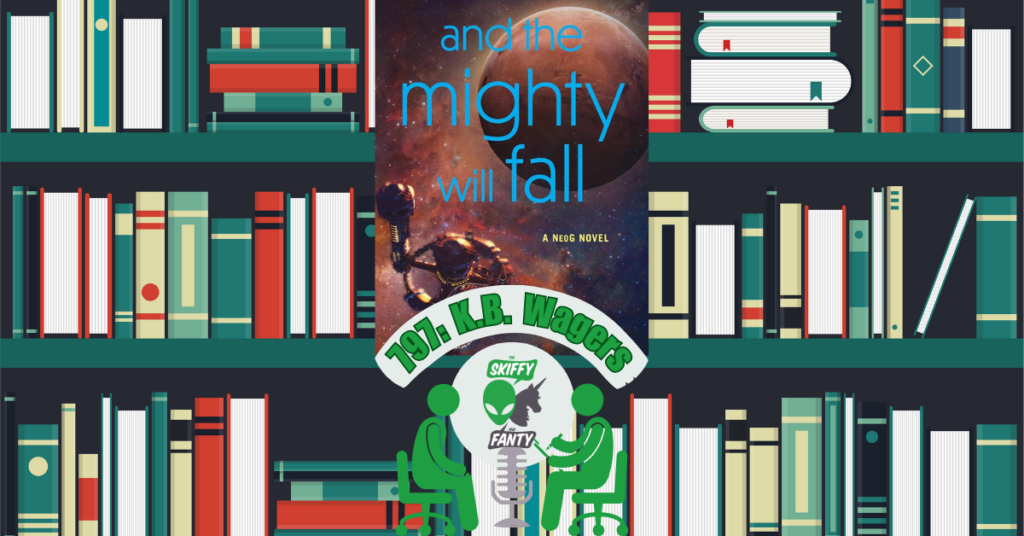
https://media.blubrry.com/skiffyandfanty/dts.podtrac.com/redirect.mp3/archive.org/download/sand-f-797-kbwagers/SandF_797_KBWagers.mp3Podcast: Play in new window | DownloadSubscribe: Apple Podcasts | Spotify | Android | Email | TuneIn | Deezer | RSSFuturistic sports, interplanetary politics, and consequences, oh my! Shaun Duke and Trish Matson are joined by K.B. Wagers to discuss And the Mighty Will Fall. Together, they explore Wagers’ influences, tackle the messy world of pain and consequences, look at the worldbuilding and politics of the NeoG novels, and much more! Thanks for listening. We hope you enjoy the episode!
796. Independence Day (1996) — Totally Pretentious #27

https://media.blubrry.com/skiffyandfanty/dts.podtrac.com/redirect.mp3/archive.org/download/sand-f-796-independence-day/SandF_796_IndependenceDay.mp3Podcast: Play in new window | DownloadSubscribe: Apple Podcasts | Spotify | Android | Email | TuneIn | Deezer | RSSWhite House down, cable network hackers, and presidential speeches, oh my! Shaun Duke, David Annandale, and Becca Evans wander into the archives for an in-depth exploration of 1996’s Independence Day. Together, they discuss Roland Emmerich’s career, blockbusters and VFX wonders, the film’s view of character and plot, and much more! Thanks for listening. We hope you enjoy the episode!
795. Suzan Palumbo (a.k.a. The Gothic Revolutionary) — Countess
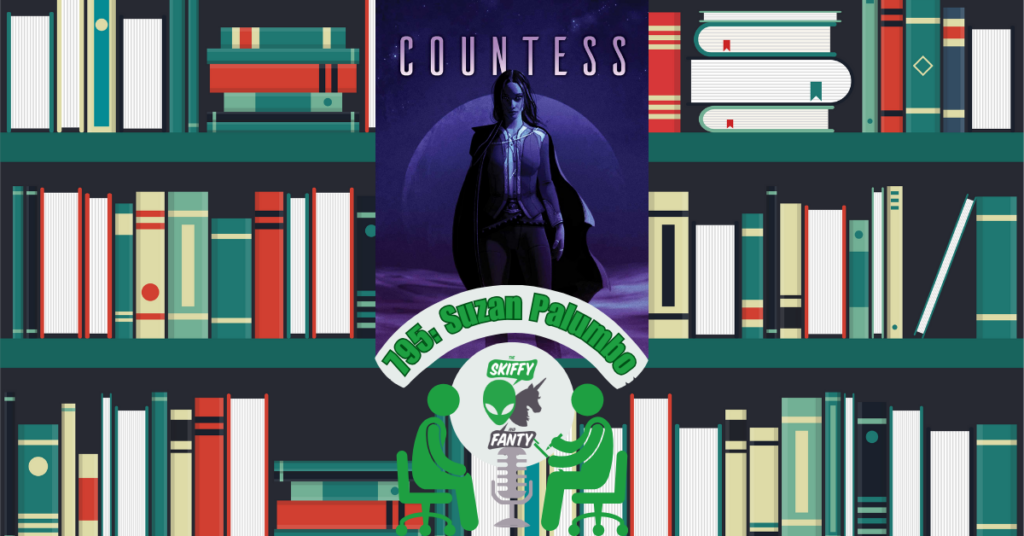
https://media.blubrry.com/skiffyandfanty/dts.podtrac.com/redirect.mp3/archive.org/download/sand-f-795-suzan-palumbo/SandF_795_SuzanPalumbo.mp3Podcast: Play in new window | DownloadSubscribe: Apple Podcasts | Spotify | Android | Email | TuneIn | Deezer | RSSAssimilations, immigrations, and revolutions, oh my! Shaun Duke and Brandon O’Brien are joined by Suzan Palumbo for a riveting discussion of Countess. Together, they explore Palumbo’s approach to space opera, the political underpinnings of Countess‘ narrative, The Count of Monte Cristo, and much more! Thanks for listening. We hope you enjoy the episode!
Book Review: ARDENT VIOLET AND THE INFINITE EYE by Alex White
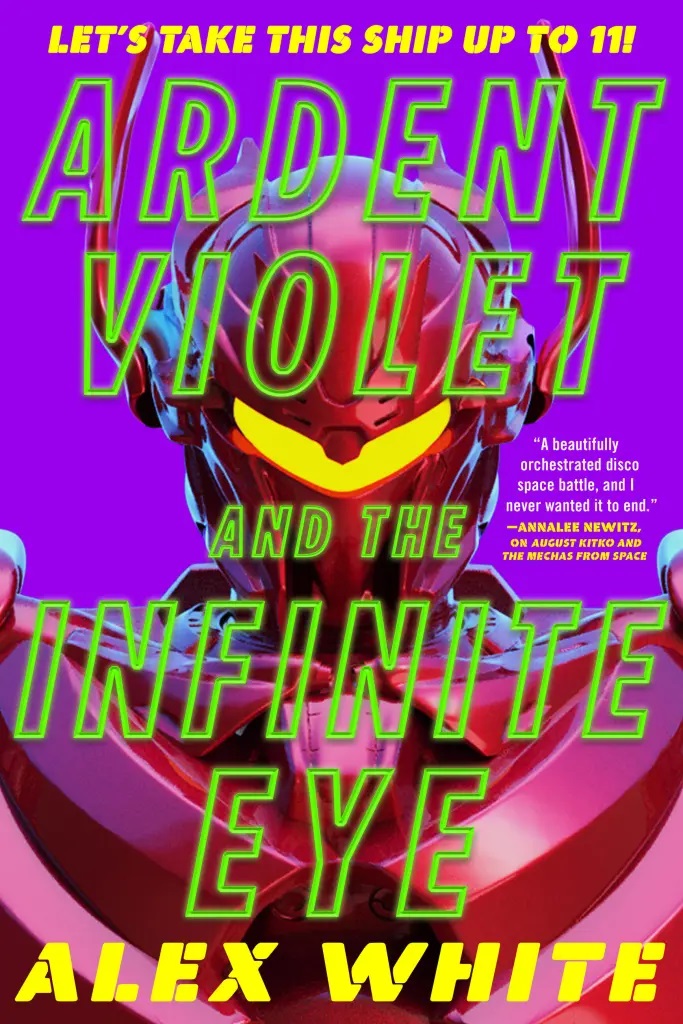
Ardent Violet and the Infinite Eye exceeds expectations from the first novel because White so effectively maintains the tight plotting (with nice twists) and pacing while expanding a lot of the world building and filling in a lot of uncertainties from August Kitko and the Mechas from Space, particularly concerning the nature of the rogue AI Infinite and its Vanguard creations.
794. SpaceCamp (1986) — Torture Cinema #146
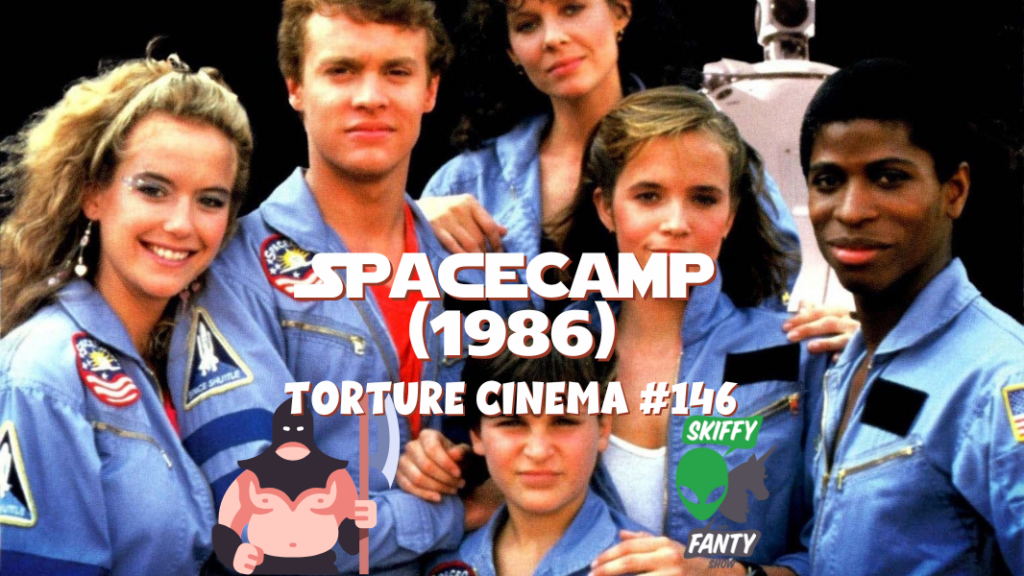
https://media.blubrry.com/skiffyandfanty/dts.podtrac.com/redirect.mp3/archive.org/download/sand-f-794-space-camp/SandF_794_SpaceCamp.mp3Podcast: Play in new window | DownloadSubscribe: Apple Podcasts | Spotify | Android | Email | TuneIn | Deezer | RSSBad robots, Jeep jerks, and space shuttles, oh my! Shaun Duke, Trish Matson, and Paul Weimer join forces to tackle 1986’s SpaceCamp! Together, they rip into the film’s gender politics, unpack NASA’s apparently terrible security, get confused about Jeeps, and so much more! Thanks for listening. We hope you enjoy the episode!
793. Cat Rambo (a.k.a. Ms. Furry) — Rumor Has It
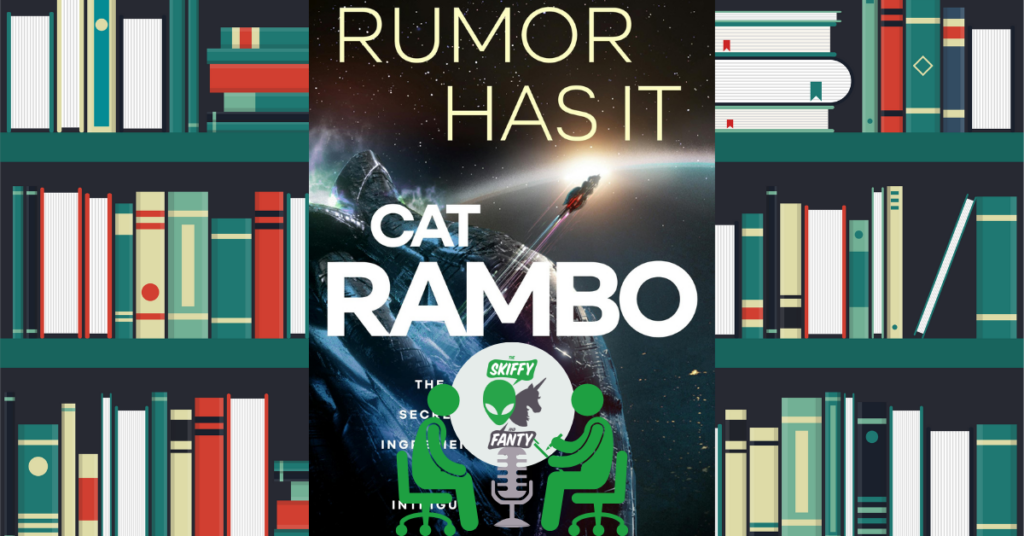
https://media.blubrry.com/skiffyandfanty/dts.podtrac.com/redirect.mp3/archive.org/download/sand-f-793-cat-rambo/SandF_793_CatRambo.mp3Podcast: Play in new window | DownloadSubscribe: Apple Podcasts | Spotify | Android | Email | TuneIn | Deezer | RSSBizarre physics, chef adventurers, and talking ships, oh my! Shaun Duke and Paul Weimer are joined by Cat Rambo for a riveting discussion about Rumor Has It. Together, they explore Cat’s approach to point of view and spectacle, the complexities of infodumps, writing space opera, and much more! Thanks for listening. We hope you enjoy the episode!

